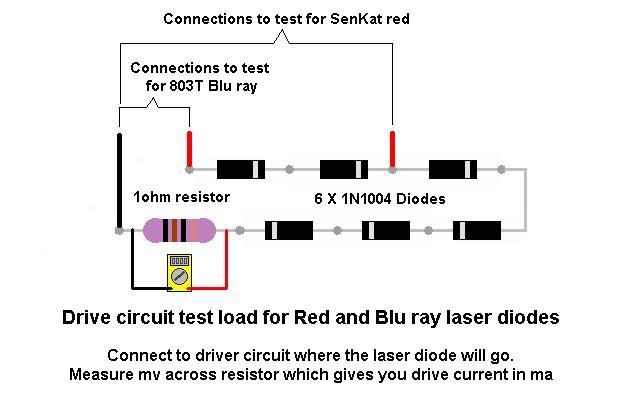- Joined
- Nov 7, 2008
- Messages
- 5,725
- Points
- 0
Re: Help request for replacing a laser diode assem
It should hook up the same way as your other diode, but in case it doesn't there should be a datasheet available on the site you purchased it from that will show pinout. Typically those types of diodes are case-pin negative.. This means that the diode case itself is the negative terminal. The other two pins are the laser diode , and the photodiode (this is usually not used, it is used to sample the output and feed a circuit that controls current. This adds stability, but is most likely not used in your installation..) The case being negative means you just need to know which pin is the laser diode and apply the positive voltage there. But as I said, it really should be as simple as connecting the diode the way it originally was...
It should hook up the same way as your other diode, but in case it doesn't there should be a datasheet available on the site you purchased it from that will show pinout. Typically those types of diodes are case-pin negative.. This means that the diode case itself is the negative terminal. The other two pins are the laser diode , and the photodiode (this is usually not used, it is used to sample the output and feed a circuit that controls current. This adds stability, but is most likely not used in your installation..) The case being negative means you just need to know which pin is the laser diode and apply the positive voltage there. But as I said, it really should be as simple as connecting the diode the way it originally was...




